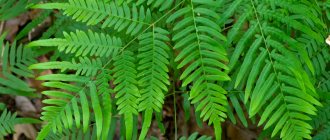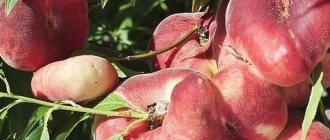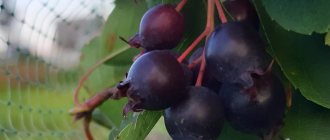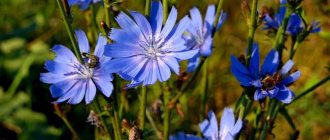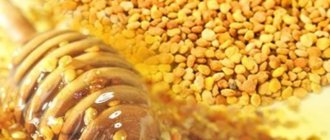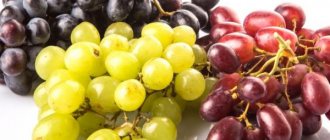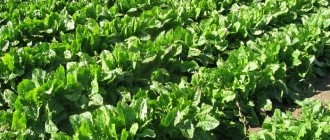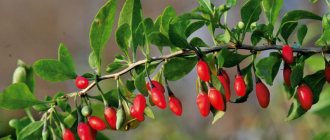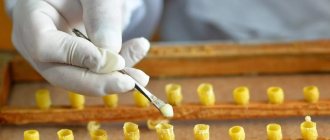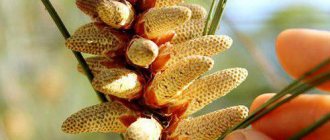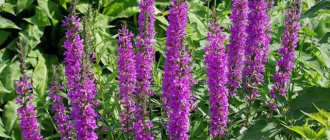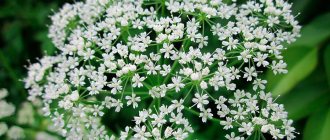Is it possible to keep it at home, is the flower poisonous or not?
Hibiscus or Chinese rose are not poisonous plants. Scientists have not found any toxic substances in the petals and leaves of hibiscus. And also this plant is not toxic. It has been proven that other plants bloom much better next to the Chinese rose.
If a small amount of hibiscus stem gets into a child's mouth, it may only cause minor diarrhea.
Also, hibiscus is not among the plants dangerous to animals. Often, pets are not averse to eating hibiscus leaves or flowers in search of vitamins or hard fibers.
Chemical composition
In the East, the plant is treated differently. They have long studied the beneficial properties of Hibiscus and came to the conclusion that it brings much more benefit to the house than harm.
The chemical composition of the plant is unique.
Nutritional value per 100 g:
- Proteins: 0.44 g.
- Fat: 0.66 g.
- Carbohydrates: 7.40 g.
In addition, Hibiscus contains:
- flavonoids;
- phenolic acids;
- anthocyanins;
- antioxidants;
- vitamins C, B2, A, B5, PP B12;
- trace elements: copper, zinc, iron;
- macroelements: phosphorus, calcium, magnesium, potassium, sodium;
- organic acids - citric, malic, tartaric, linoleic;
- pectin substance;
- captopril;
- beta carotene.
Why can't you grow it at home?
Many people are afraid to keep hibiscus at home because of such an informal name. No one can say for sure why magical properties were attributed to hibiscus. But there is an opinion that the plant can signal its owners about impending misfortunes .
According to the sign, if a rose has dropped all its leaves, then soon one of the family members will experience misfortune. Or, on the contrary, there is an opinion that the hibiscus took away misfortune from the owner, taking away all the negative energy.
It’s strange, but it’s the type of hibiscus that grows at home that has been endowed with mysticism. This may be due to the fact that the rose reacts very strongly to temperature changes in the external environment. It can suddenly bloom with good care and also unexpectedly fade with mediocre care.
Important : perhaps the name “flower of death” was given to the hibiscus by those whose unfortunate events coincided with the period of its flowering. Hibiscus flowering only indicates that new shoots will appear soon.
Because of what prejudices it is impossible to grow in an apartment?
There are a lot of bad omens regarding hibiscus, as evidenced by the nicknames of the plant - flower of death, muzhegon, burnet and others. However, the vast majority of owners of this plant live happily and, in spite of everything, enjoy the beautiful flowering of the Chinese rose.
Thoughts create reality, so the main thing is not to pay attention to bad omens, giving them a pass into real life. Feel free to decorate your home with this spectacular plant and don’t be afraid of bad omens. A carefully grown hibiscus will delight the eyes of its owners for a long time, giving the opportunity to enjoy beautiful flowers and receive positive emotions.
Good omens
There are many signs associated with hibiscus that can carry both positive and negative information.
- For example, the lush bloom of hibiscus is nothing more than a joyful event for women's hearts.
- If a hibiscus flower blooms in an unmarried girl’s house, this is a sure sign that she will soon meet her soulmate. That is why it is recommended to grow the Chinese rose in the room where an unmarried girl sleeps.
- Things are different with women. The hibiscus flower will first cool her feelings for her husband a little, and then they will ignite with new strength and passion.
- If hibiscus blooms regularly and grows well, this is a sure sign that love and mutual respect reign between the spouses. This is also considered a sure sign that a joyful event related to children will soon occur.
Interesting Facts
- In some countries, young foliage and shoots are used for cooking, medicines are made from the seeds and rhizomes, and hair dye, food coloring and hibiscus tea are made from the flowers.
- In South Korea, Syrian hibiscus is grown in every home, as they consider it their plant and believe that it brings happiness and love to the family.
- In Congo and Cameroon, the sour hibiscus variety is sold in markets as the main ingredient for making salads. In Brazil, this variety replaces spinach due to its high content of carotene, ascorbic acid and B vitamins.
- In Hawaii, the Chinese rose is called the “flower of beautiful women” and is considered a national treasure.
- Okra, or edible rose, was known in Egypt as early as 1216. Wonderful dishes were prepared from green seed pods.
Useful properties of the plant
The flower is used for food as a tea drink called “Hibiscus”.
Thanks to its rich and varied composition, growing hibiscus can bring enormous benefits to the body .
- Chinese rose is perfect for those who suffer from diseases of the cardiovascular system. Anthocyanins are involved in strengthening and cleansing the walls of blood vessels. They remove bad cholesterol from the body and also actively fight excess fat deposits.
- Has powerful antioxidant properties. Removes toxic substances from the body and also improves the functioning of all internal organs.
- Hibiscus is an immunostimulant and also has a powerful antiviral effect due to the presence of ascorbic acid.
- Has a positive effect on the entire gastrointestinal tract. Hibiscus leaf tea should be taken for constipation, bloating and increased gas formation.
- Normalizes blood pressure and has a beneficial effect on the cardiovascular system.
- Has a pronounced antihelminthic effect.
- Regular consumption of hibiscus tea significantly reduces the risk of developing cancer.
- It has hemostatic, antispasmodic and antimicrobial effects.
- Accelerates metabolic processes, removes excess fluid from the body.
Important : traditional medicine is a minor area where hibiscus flowers are used. Quite often, Chinese rose is used as a base for a variety of cosmetic care products.
You will learn about the benefits of Hibiscus tea made from hibiscus petals from this video:
What is hibiscus
Hibiscus is a plant from the Malvaceae family. It is most often found as tall shrubs and small trees, but there are also annual and perennial herbs. It is common in countries with subtropical and tropical climates. The homeland of the plant is India and China. In warm countries it can be seen in the wild, and in areas with unsuitable conditions it is grown as a houseplant or greenhouse plant.
More than 200 species of hibiscus have been discovered. They have carved leaves and large multi-colored flowers. The fruits are multi-leaf capsules with seeds.
Rosella, or Hibiscus sabdariffa (Sudanese rose)
This is how rosella blooms
University of Georgia students harvesting rosella Drying rosella
Common varieties:
- Syrian. It is considered the progenitor of shrubby forms of the plant. Reaches 3 meters in height, buds are white, pink, blue, burgundy;
- sabdarifa, Sudanese rose or Rosella. Grown in Asia and tropical Africa for the production of hibiscus tea. The petals and buds of the plant are supplied to Europe from Egypt, Sudan, China, India, Sri Lanka, Thailand, Java, Mexico;
- royal. An indoor representative, distinguished by a combination of three colors in the color of the buds;
- trifoliate. It is distinguished by three-lobed leaves. Grows no higher than 80 cm;
- hemp. It has a thin stem and is bred to produce spinning material;
- swampy A shrub with variegated flowers decorated with spots at the corolla. Used to create hedges;
- Chinese rose. A shrub species that blooms all year round.
Swamp hibiscus
Hibiscus trifoliata
Syrian hibiscus
Hibiscus hemp
Royal - cultivated variety
Care and conditions of detention
A fairly unpretentious plant that does not require any special skills or knowledge. The only condition is timely watering and sufficient sunlight.
The Chinese rose is very demanding when it comes to watering; in the hot season, the flower needs abundant watering; in winter, watering is reduced. Rose does not tolerate drafts. To prevent spider mites, the plant must be sprayed regularly.
Once every 40 days, hibiscus must be fed with fertilizers , which contain a large amount of minerals and nitrogen. In winter, the flower does not need fertilizer.
The young plant needs annual replanting. Mature hibiscus needs to be replanted every three years.
The rules for caring for hibiscus are described in the video:
Description and types
Hibiscus belongs to the large Malvaceae family. Outwardly, the Chinese rose in the house resembles a small tree, but if you let it grow and do not prune it, it can grow quite large. Among the large number of varieties, you can choose plants with different flower colors.
Terry
A very interesting hybrid of terry hibiscus. This is a perennial plant that can reach two meters in height. The flowers are milky white. They have a peculiarity - the blossoming buds fade within a day.
Swamp Hibiscus
It blooms with very beautiful flowers with carmine spots. This variety is highly valued by gardeners; they create large bushes from them.
Chinese hibiscus
It is a miniature tree, only 15 cm high. The variety blooms all year round.
tree hibiscus
Valued for its large flowers, up to 10 cm in diameter.
Flowers are not very demanding when it comes to keeping conditions and can be kept at room temperature.
